
On October 12, a seedling workshop was held as part of the symposium. This workshop focused on cultivating native tree species for forest restoration projects using the Miyawaki Method, specifically based on the region’s “Potential Natural Vegetation” (PNV). Instead of relying on commercially available plants from garden centers, we aim to restore forests that are well-suited to the local ecosystem by using native species that adapt to the local soil and climate. However, these native species are not commercially distributed, so we must collect seeds and grow the seedlings ourselves.
Why is this initiative important?
- Preserving Biodiversity
Native species harmonize with the unique ecosystems of their regions, playing a vital role in preventing ecosystem disruptions caused by invasive species. - Responding to Natural Disasters and Climate Change
Forests based on Potential Natural Vegetation adapt to the local environment, contributing to carbon absorption and flood prevention, thus enhancing climate resilience. - Promoting Connections Between Communities and Nature
Through seed collection and seedling cultivation, participants deepen their understanding of nature and foster a sense of responsibility for building a sustainable future.
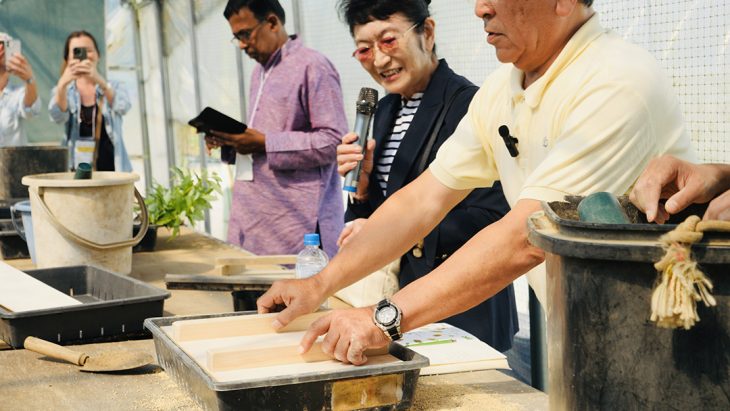
Angelina Lee’s Photos

Angelina Lee’s Photos
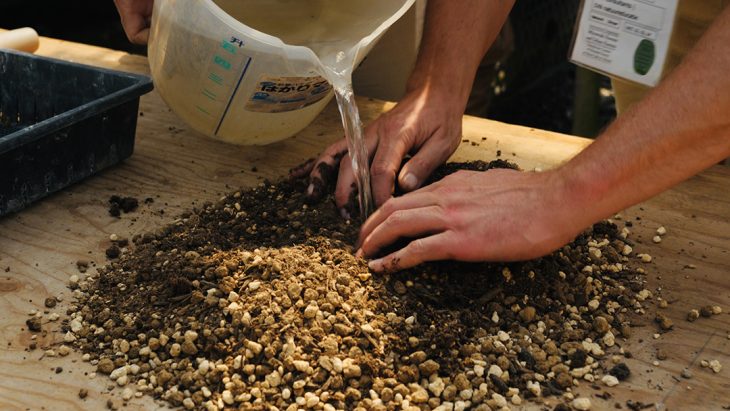
Angelina Lee’s Photos
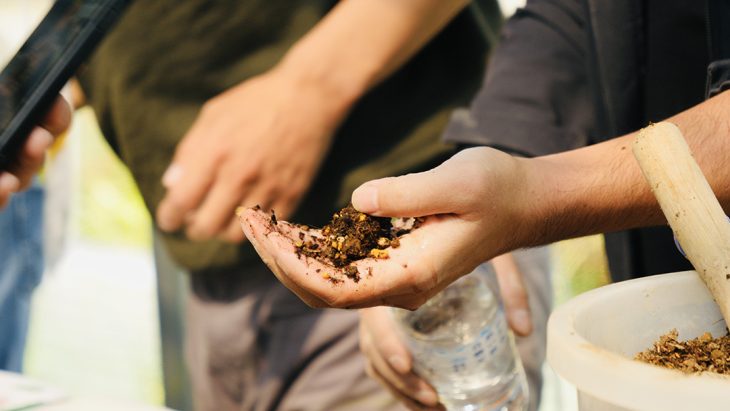
Angelina Lee’s Photos
The workshop also covered the differences between healthy and weak seedlings and explained the techniques needed to grow potted seedlings that can withstand harsh environments. Developing robust seedlings requires promoting strong root growth that fills the pot, as roots are comparable to a “stomach” in humans—larger “stomachs” allow for more nutrient absorption, which helps produce resilient seedlings. Participants were introduced to advanced techniques, such as repotting tips, soil selection, and watering methods, which were shared openly despite being highly specialized.
This hands-on workshop highlighted the importance of community involvement and ecological awareness, serving as a first step toward sustainable forest creation that supports local biodiversity. Participants actively engaged, collaborating with one another, asking questions, and exchanging ideas, making this session not only educational but also a means to strengthen bonds and foster a spirit of cooperation among attendees.
We would like to express our sincere gratitude to everyone who participated in and supported this initiative. We look forward to seeing these seedlings grow and contribute to our ongoing efforts in forest restoration.
Report by: Secretariat, Sano

Angelina Lee’s Photos

Angelina Lee’s Photos
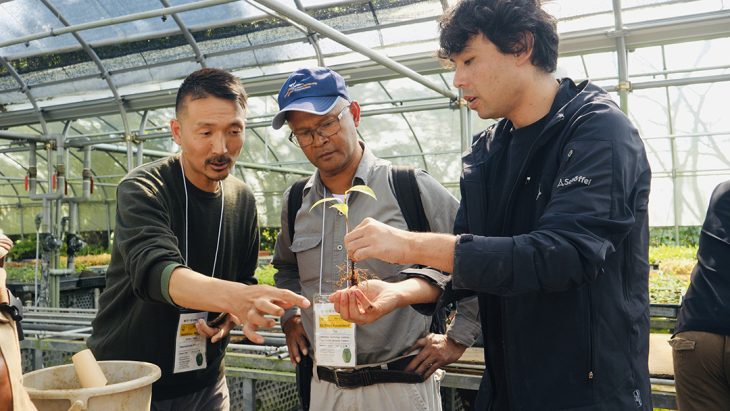
Angelina Lee’s Photos

Angelina Lee’s Photos
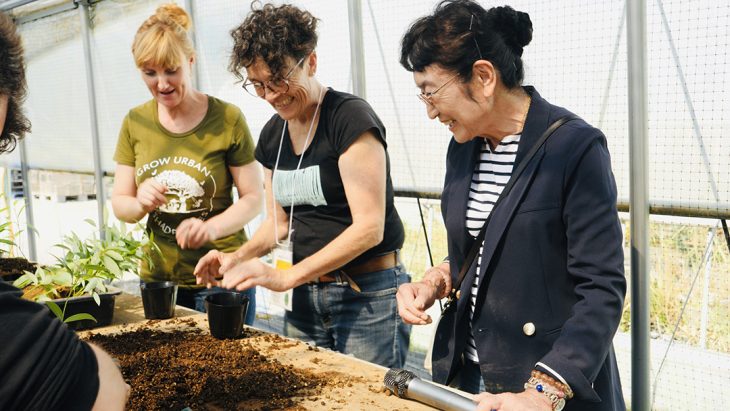
Angelina Lee’s Photos

Angelina Lee’s Photos
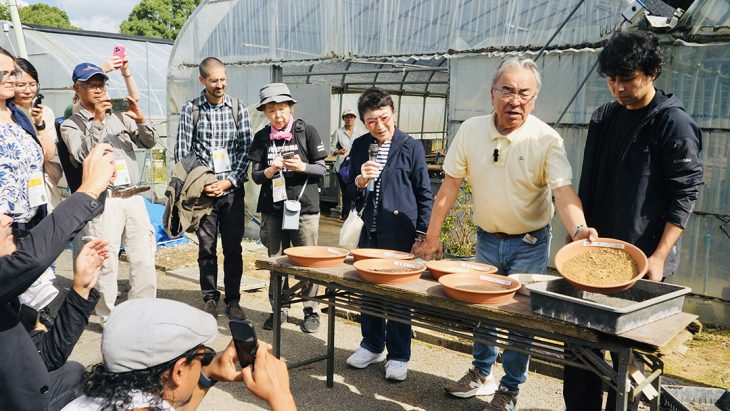
Angelina Lee’s Photos

Angelina Lee’s Photos
